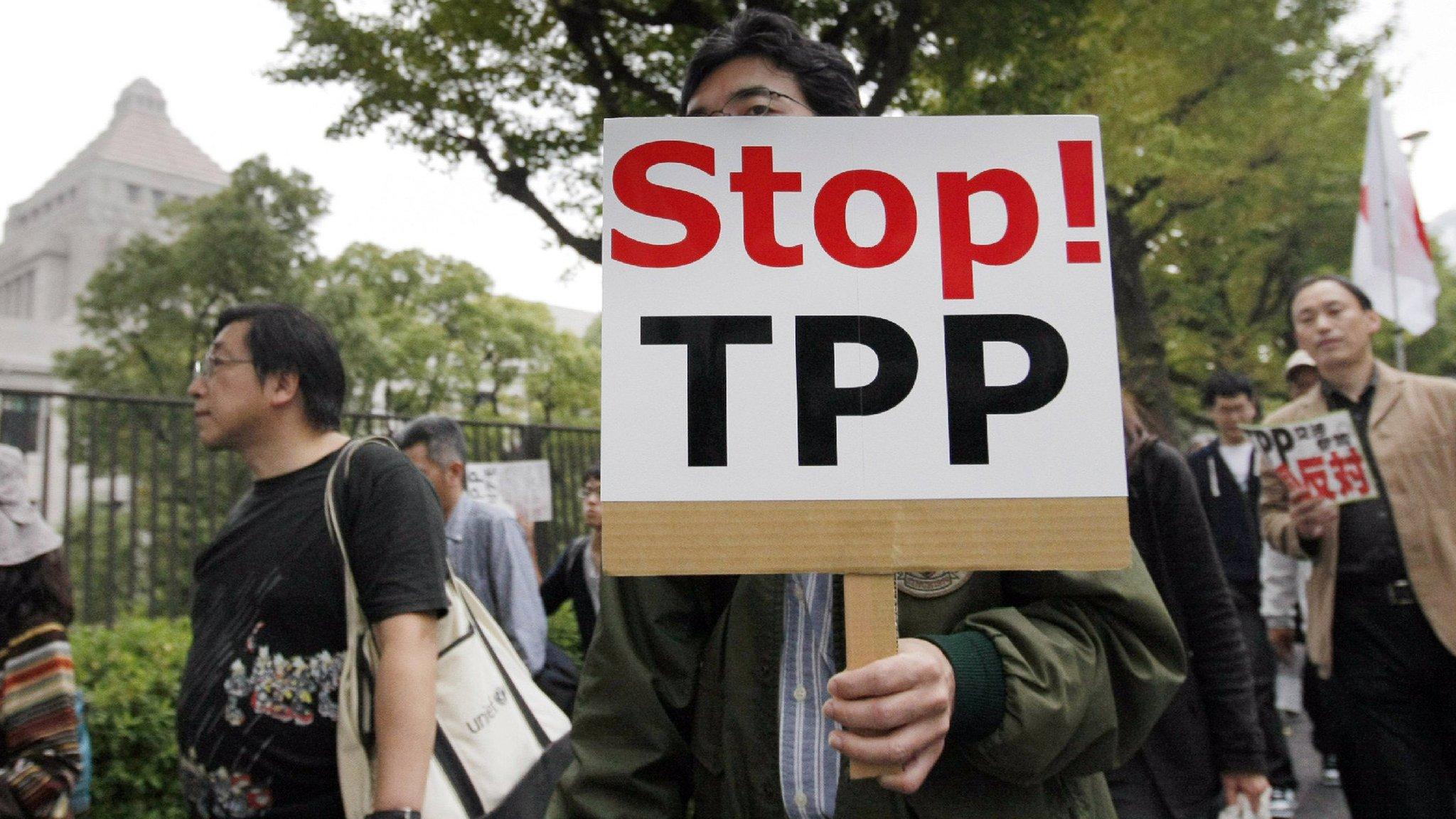China cautiously welcomes Trans-Pacific free trade deal
- Published
- comments
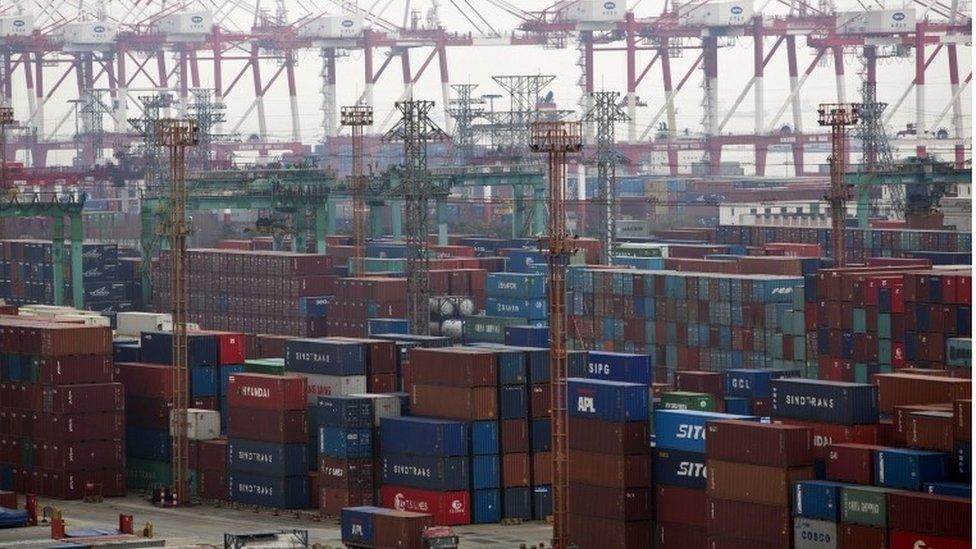
China was not part of the negotiations and has announced a competing free trade agreement
China has cautiously welcomed a free trade deal struck between 12 Pacific Rim countries, the biggest in decades.
The US-led Trans-Pacific Partnership (TPP) cuts trade tariffs and sets common standards in member countries including Japan and the US.
China said it was "open to any mechanism" that follows World Trade Organization rules.
But it did not indicate it would join the TPP, which still needs to be ratified by lawmakers in each country.
China, which was not part of the negotiations, has announced its own rival trade agreement.
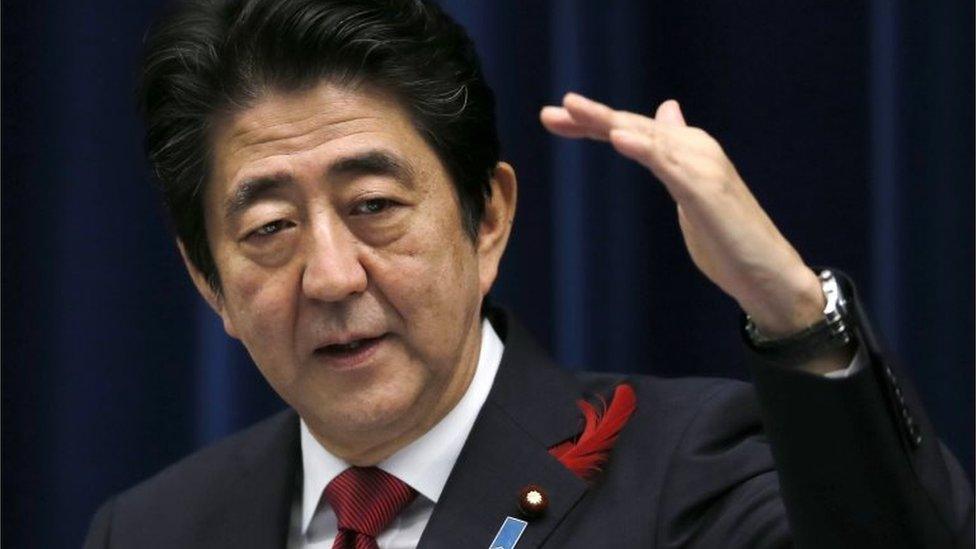
Japanese PM Shinzo Abe welcomed the pact but said it would contribute to regional stability if China joined
The TPP, which covers about 40% of the world economy, was struck on Monday after five days of talks in Atlanta in the US.
Those talks were the culmination of five years of negotiations between member countries led by the US. The deal is seen by some as a counter balance to China's growing economic influence in the Asia Pacific region.
'Regional stability'
China's Ministry of Commerce called the TPP, external "one of the key free trade agreements for the Asia-Pacific region", according to a statement on Xinhua state news agency website.
"China hopes the TPP pact and other free trade arrangements in the region can boost each other and contribute to the Asia-Pacific's trade, investment and economic growth," it said.
Japanese Prime Minister Shinzo Abe said on Tuesday the deal signified a "new Asia-Pacific century", but added that it would have strategic meaning if China joined in the future.
"It would contribute largely to our nation's security and Asia-Pacific regional stability," he said.

What is the TPP?
Which countries are in the TPP and what does it mean?
How did it start? With a trade agreement signed 10 years ago between Brunei, Chile, New Zealand and Singapore.
How big is it? Pretty big. The 12 countries have a population of about 800 million and are responsible for 40% of world trade.
What are the criticisms? That negotiations have been conducted in secret, and that it favours big corporations.
Who benefits most? Japan stands to reap huge economic benefits from the deal, while for the US it is an important strategic move.
What happens next? The agreement will need to be ratified by each of the individual member countries.

Japan has made concessions to open its market wider to food exporters including Australia, New Zealand and the US.
Under the deal, 98% of tariffs will be eliminated on a wide range of products including: dairy, beef, sugar, wine, rice, horticulture and seafood, manufactured products, resources and energy.
Australia's Prime Minister Malcolm Turnbull called the TPP "a gigantic foundation stone for our future prosperity".
Australian sugar cane-growers are unhappy, however, because they wanted more access to the US market than was agreed upon.
Canada and Japan have agreed to allow greater access to their tightly controlled dairy markets, while New Zealand convinced the US to accept more of its milk products.
Prime Minister John Key said this meant "more jobs, higher incomes and a better standard of living".
- Published6 October 2015
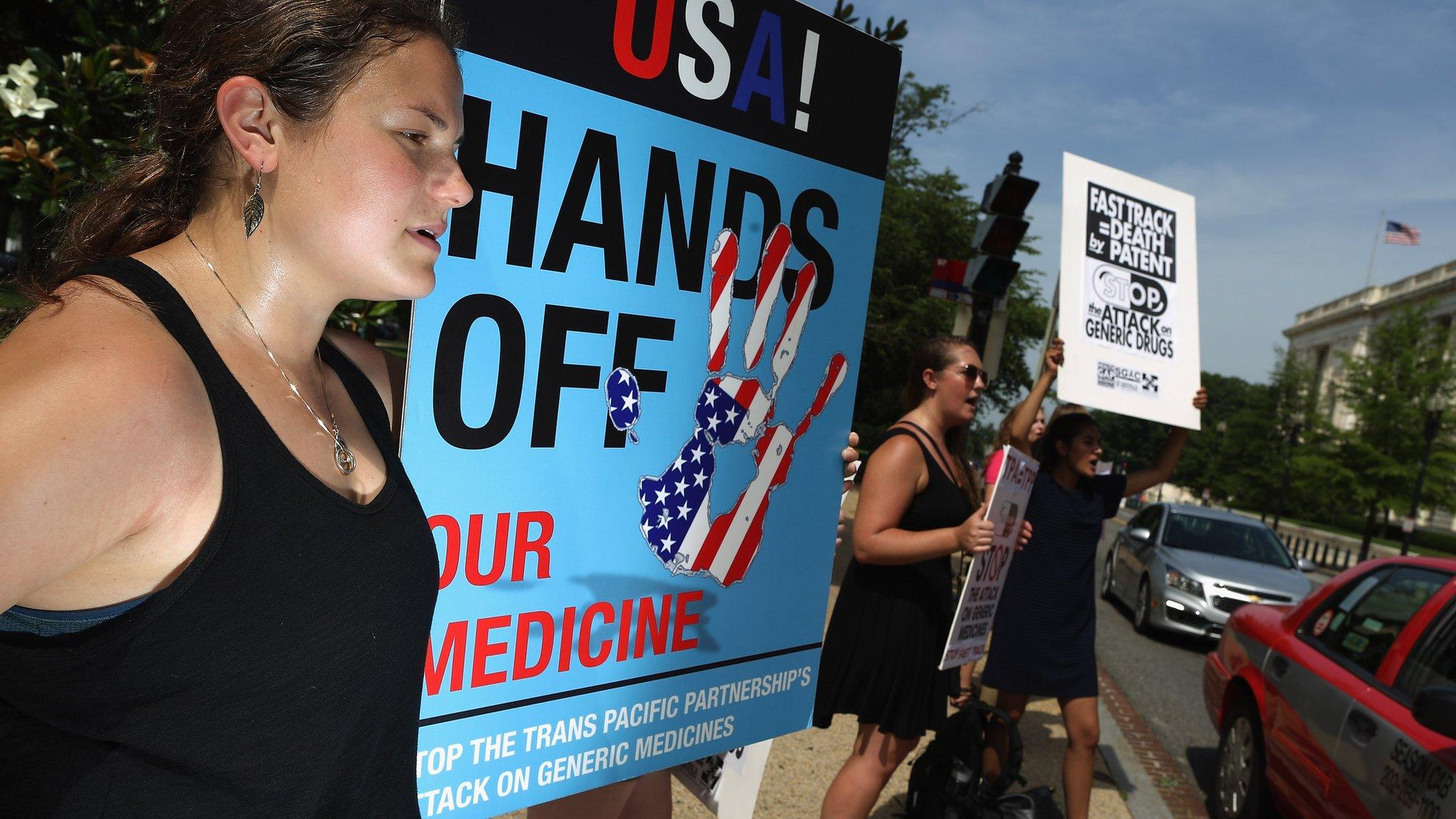
- Published6 October 2015
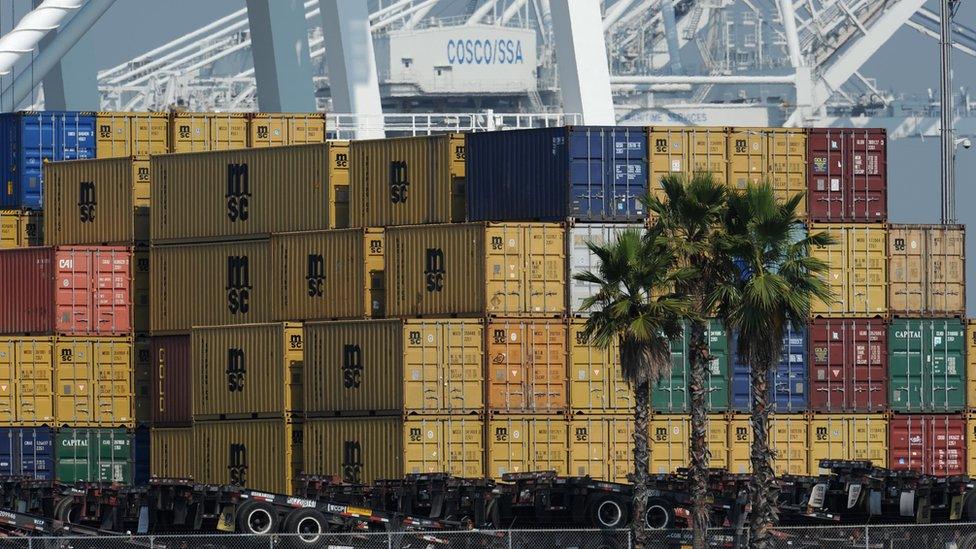
- Published23 January 2017
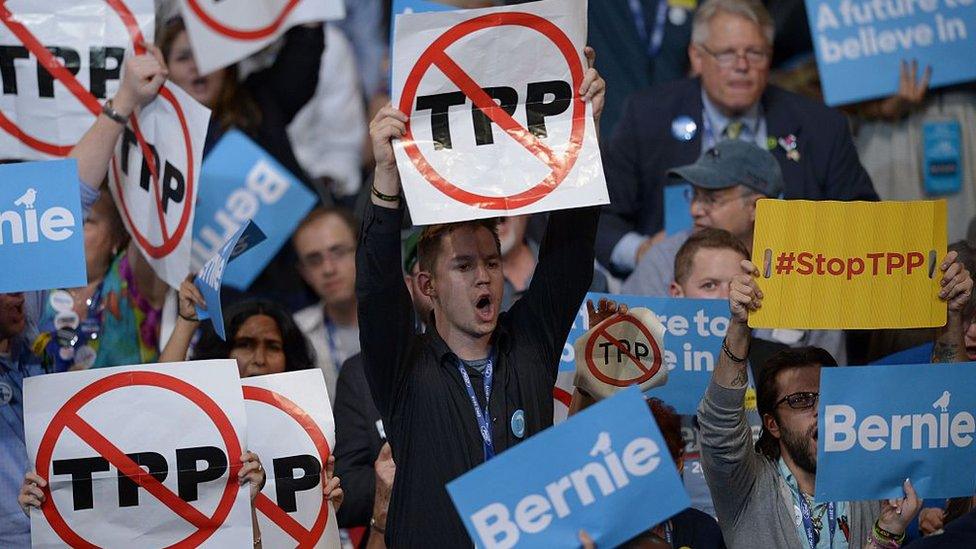
- Published22 April 2014
